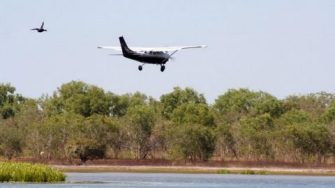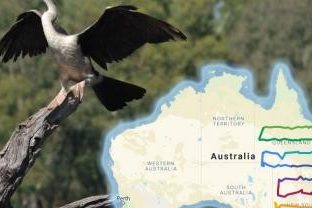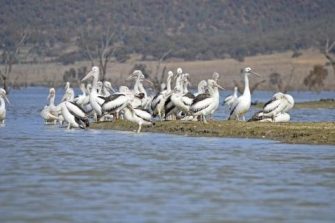
The project will develop national methodologies, guidelines and assessment protocols to measure conservation value and success of environmental water delivery to water dependent ecosystems using waterbirds. The project will be delivered across Australia by the University of NSW with state and territory agencies.
The main objectives of the study are to:
- Establish a publicly accessible national database of waterbird data (including national survey protocols, survey results, QA/QC documentation and data interpretation guidelines.
- Conduct a national assessment of 907 high conservation value aquatic ecosystems across all Australian jurisdictions using waterbirds as an indicator of value.
- Document the quantitative relationships between waterbird numbers and diversity and river flows in eastern Australia (Qld, NSW, ACT, Vic, and SA).
The project will bring together disparate waterbird monitoring programs across Australia through the establishment of a publicly accessible database as a repository for current and past waterbird monitoring projects. The project builds on waterbird monitoring programs in eastern Australia (NSW, Vic, SA, Qld), Western Australia, and the Northern Territory. The project incorporates a national assessment to 56 of Australia’s 64 Ramsar listed wetlands and 851 of Australia’s 904 listed wetlands of national importance. Water dependent ecosystems with high concentrations of waterbirds (>20,000 waterbirds) are recognised within Australia and internationally as being of high conservation value.
Aerial surveys will use the abundance and diversity of waterbirds to assess the condition of high conservation value aquatic ecosystems. Aerial surveys provide information on up to 50 waterbird species, including threatened species and migratory shorebird species, as well as breeding activity. The project will also use long-term data to determine environmental flow requirements for wetlands throughout eastern Australia. The project is funded by the National Water Commission to support the National Water Initiatives and will run for three years from June 2007 to June 2010
The present survey in Australia will complement ongoing waterbird census work in several other continents and therefore could help update/improve population size estimates for species that have populations in our continent.
Project Manager: Professor Richard Kingsford
Project Coordinator: Dr John Porter







